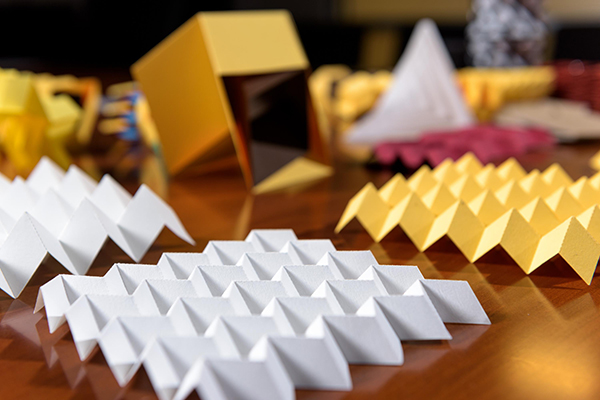
Full Text:
Researchers have developed a new computer-aided approach that streamlines the design process for origami-based structures, making it easier for engineers and scientists to conceptualize new ideas graphically while simultaneously generating the underlying mathematical data needed to build the structure in the real world.
Origami paper folding techniques in recent years have been at the center of research efforts focused on finding practical engineering applications for the ancient art, with ideas ranging from deployable antennas to robotic arms. The research involved building a computer model to simulate the interaction between the two facets of a folded sheet, including how easily and how far the folds would bend and how much the flat planes would deform during movement. The team recently designed an origami structure capable of being reconfigured to fold into different shapes. The goal was to lay the groundwork for structures that could eventually reconfigure themselves, such as an antenna that could change its shape and operate at different frequencies.Image credit: Rob Felt/Georgia Tech